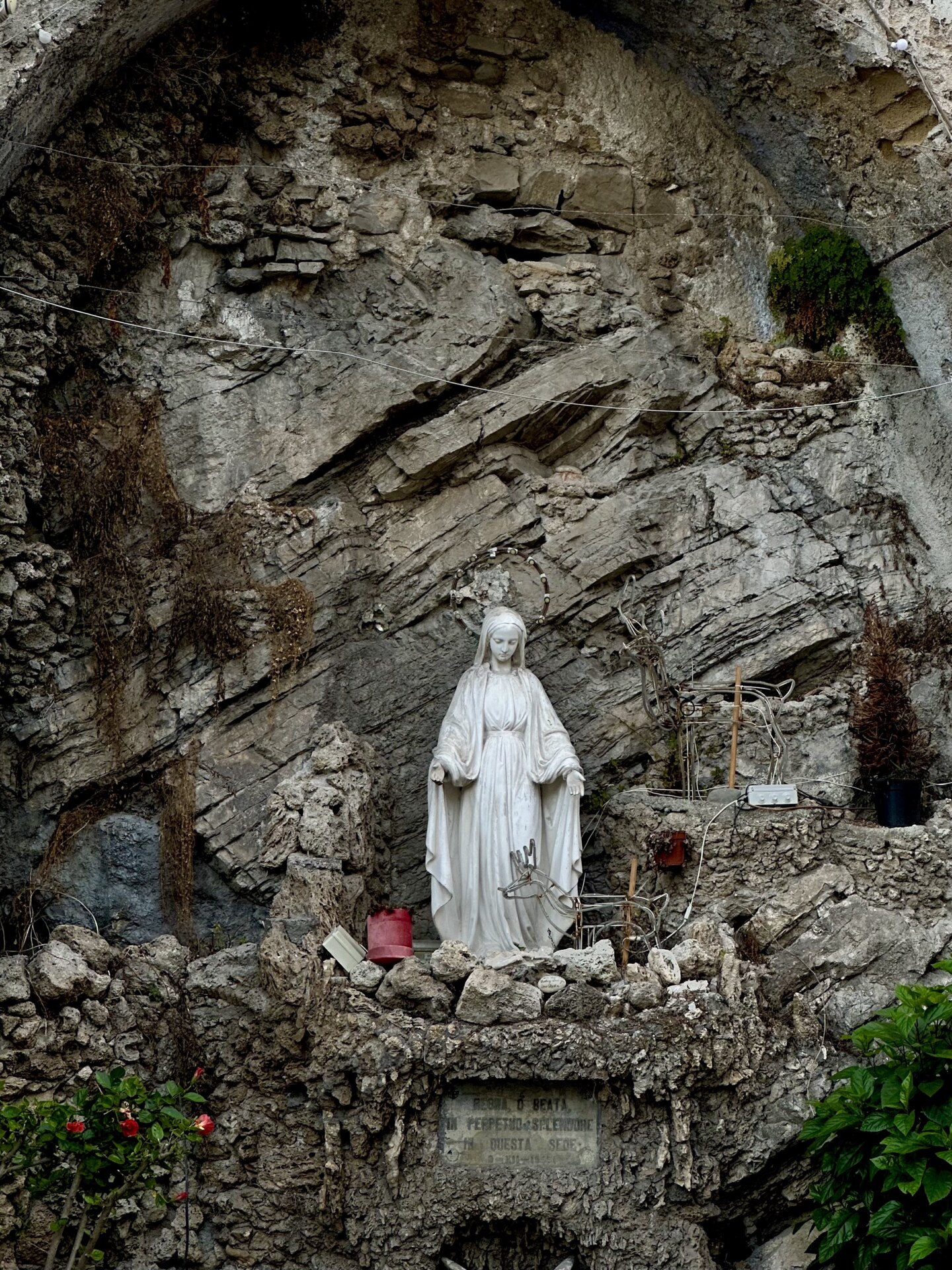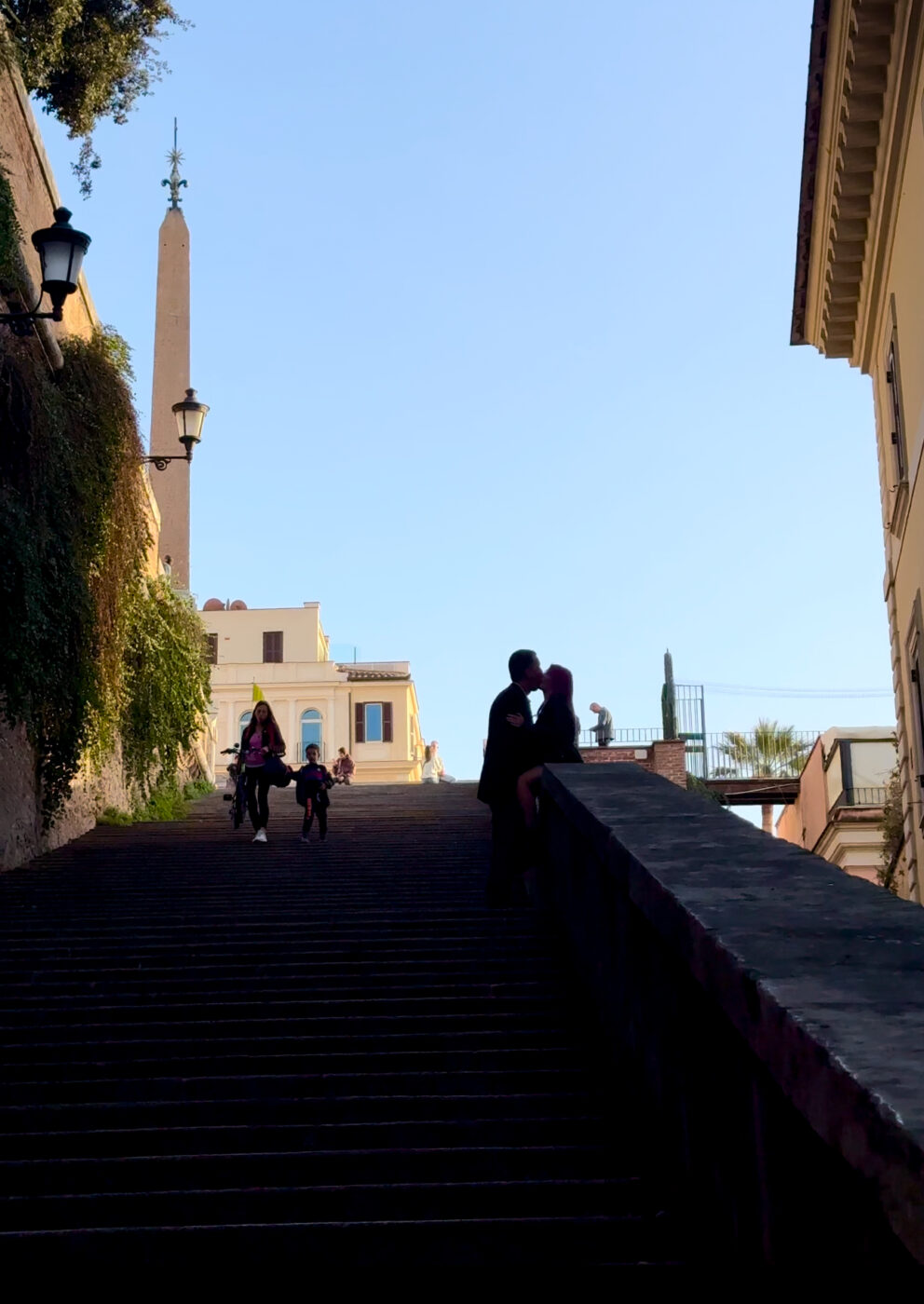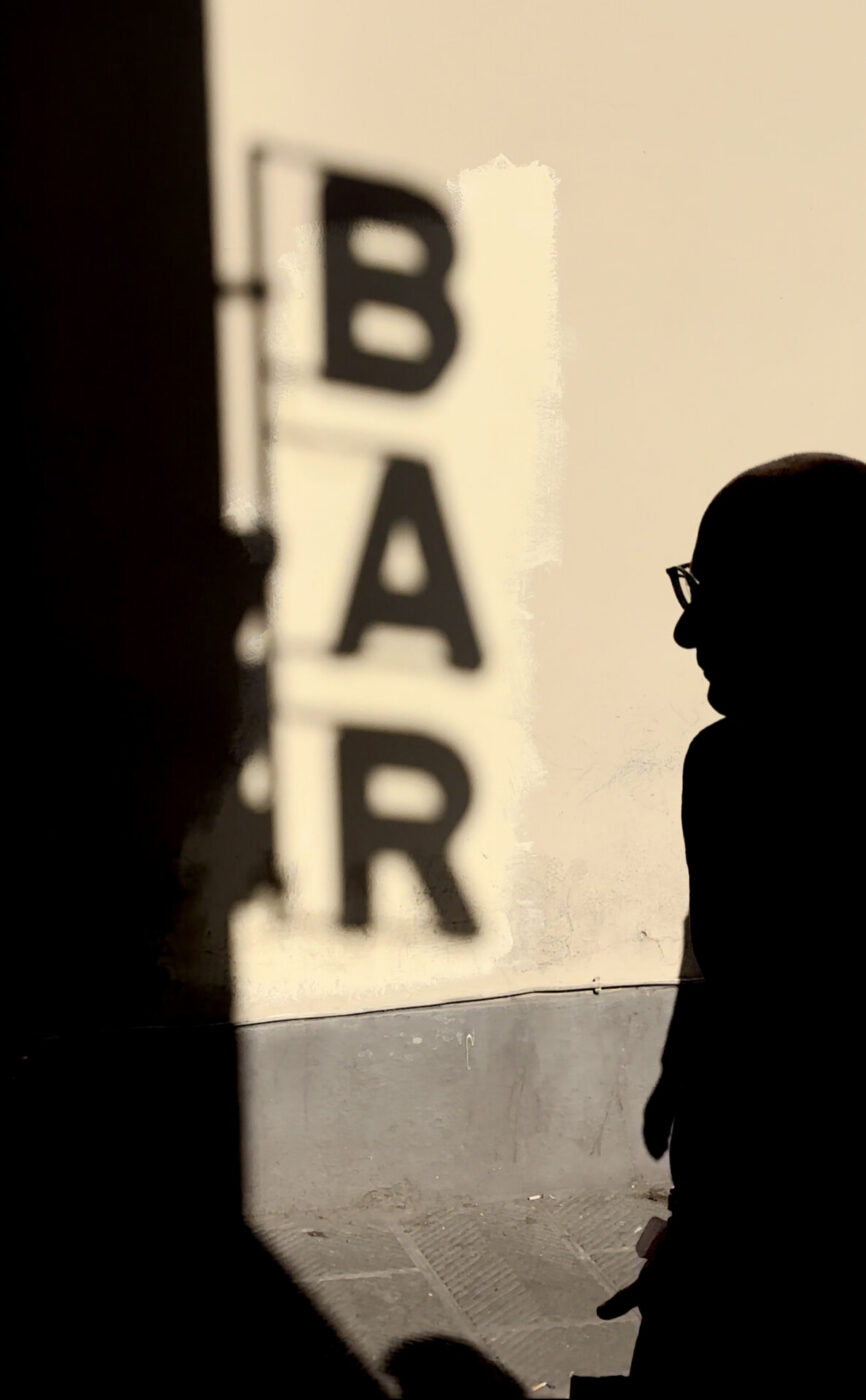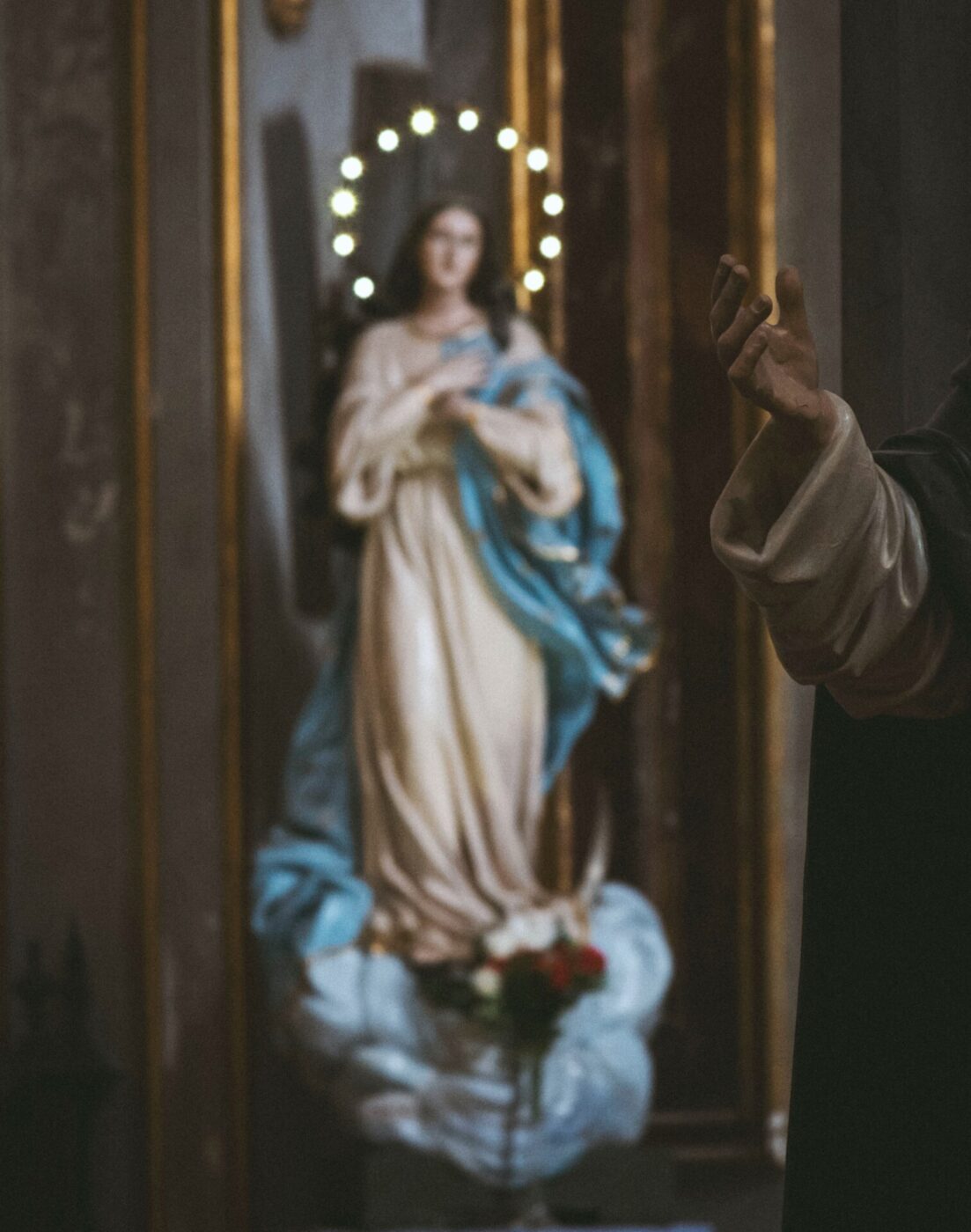The Italian Relationship with Family
Whether small or large, affectionate or annoying, overbearing or hands-off (or all of the above at the same time), the family is the most important Italian relationship. “La famiglia prima di tutto” (“family first”): we are intensely loyal to our family–more than we are to our friends, to our country, to our schools, to our work, to our favorite restaurants. Blood runs thicker than wine.
Homes often house three generations under the same roof (50% of adult children still live at home), and businesses, more often than not, are run by representatives from each generation (85% of businesses in Italy are family-run).
The result is an intergenerational closeness, unfamiliar to those from other parts of the world. And for those who don’t live at home or don’t work in the family business, weekly calls (if not daily ones) are non-negotiable.


The Italian Relationship with Food
We Italians are always talking about food.
At breakfast, we talk about what we will have for lunch.
At lunch, we talk about what we will have for dinner.
At dinner, we talk about our nonna’s cooking, what to make for guests this week and yeah, probably where and what we’ll be eating next.
Everything in Italy, from routine to road trips, revolves around food. Food is more than just calories: it’s family, tradition, culture, home. Recipes are passed from one generation to the next. Ingredients are picked according to their freshness and locality. Dishes are cooked because of their ties to tradition and to region. Food is the utmost expression of Italian identity.


The Italian Relationship with Weather
We do not get along with the cold. That includes air conditioning, fans, air drafts, wind, rain, snow, hail, sleet… One of these can easily lead to the most treacherous of sicknesses: colpo d’aria. Although colpo d’aria literally translates to “hit of air”, the malady can be caused by any sudden cooling to the body and can manifest in sore throats, nasal congestion, headaches, indigestion, and stiff necks (the dreaded cervicale).
We Italians are particularly susceptible during the change of seasons: to protect yourself, head and feet should be kept warm and dry at all times! And don’t think you’re safe with this intense summer heat. In combination with sweat and humidity, colpo d’aria can be even more severe. Stay safe out there this summer!


The Italian Relationship with Hospitality
We will never enter a household without asking permesso and bringing a token of gratitude–maybe a bottle of wine, homemade jam, or some flowers. Although the hosts will often protest–”You shouldn’t have!”– you definitely should have. We are liberal with our invitations and are exceptionally welcoming hosts and exceptionally courteous guests.
Adding an extra spot to the table is never a problem–nonne are fond of saying “where five of us eat, six of us eat” (and so on)–and refusing an invite is an insult second to none. (If you really need to decline an invitation, make sure to dramatically express your despair at not being able to make it.) And barely has one coffee or evening wrapped up when an invitation is broached for the next.
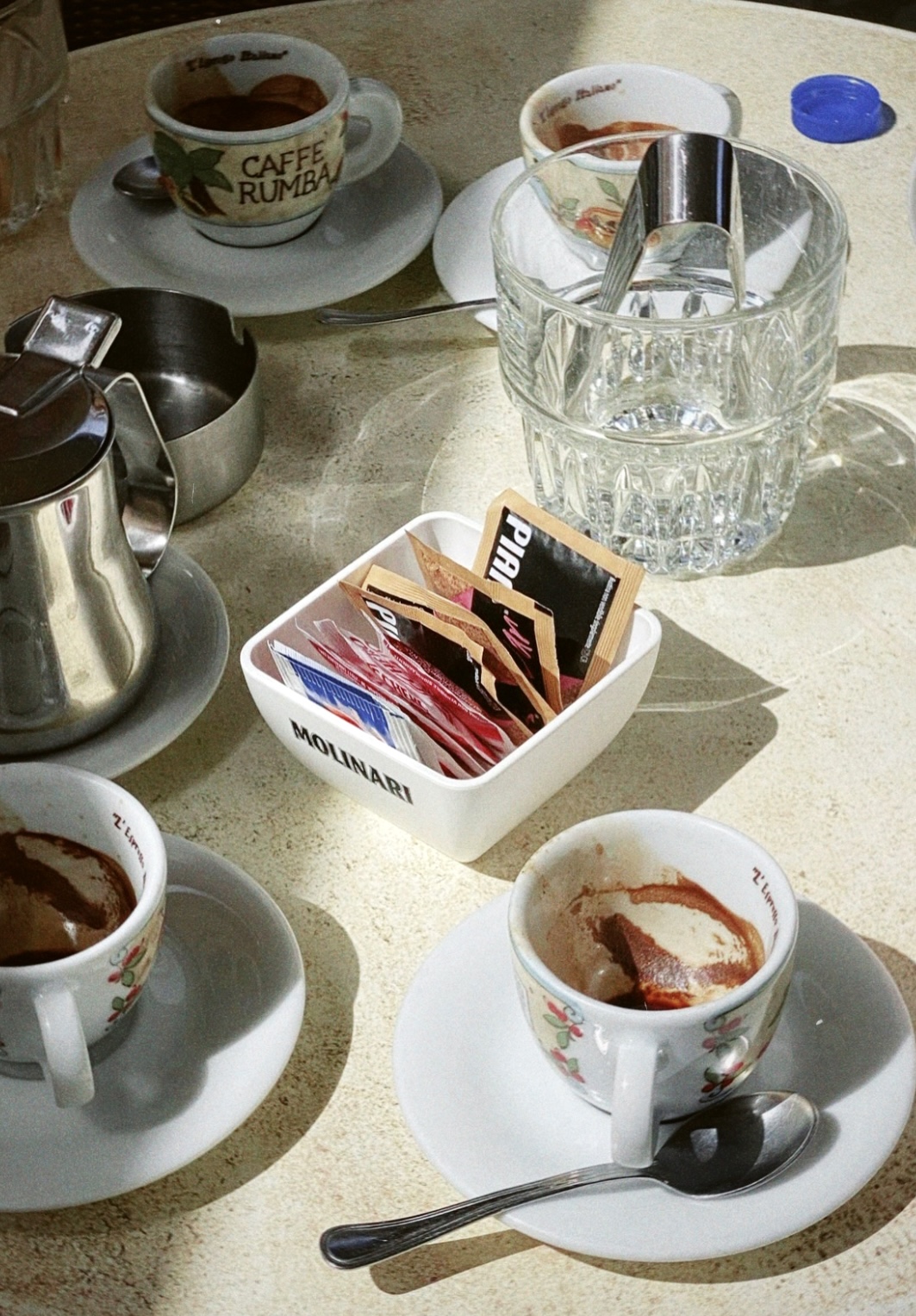
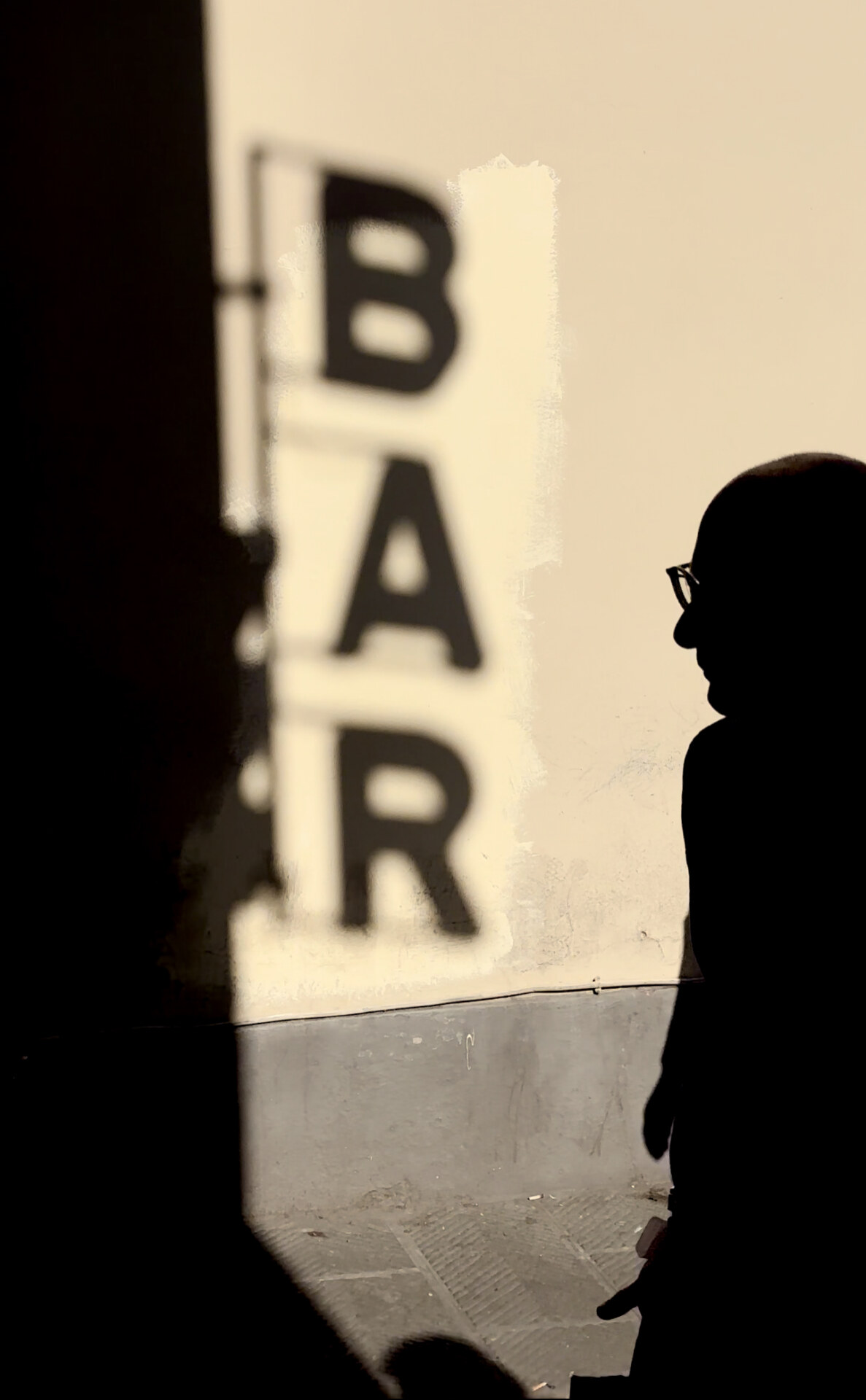
The Italian Relationship with Italy
The relationship we Italians have with our country is complicated to say the least. A relationship of love and hate. A tumultuous one. A relationship formed by a great sense of frustration, of evasion and at the same time, of profound love. Italy is a bit like those indelible partners, who make you go through tutte le pene dell’inferno (all the pains of hell), but are impossible to leave behind because nothing and no one else will ever make you feel the way they do. We can’t deny, and are not here to hide, that some aspects of Italy are dysfunctional, crumbling, crime-ridden and messy. But on the other end, who else in the world has the Dome of Brunelleschi, the fountain of Bernini, Michelangelo’s Sistine Chapel, archeological sites like Pompeii and Herculaneum, ancient towns like Matera right outside their doorstep? While the whole world would like to be Italian, dress Italian, eat Italian, come on holiday in Italy and be in any way possible affiliated to our country, we seem to often forget what we have. We ask you… can you only imagine what it would be like if we joined our forces, if we all appreciated and protected what already exists, if we would support the small local realities and instead of escaping elsewhere, we worked on healing and rebuilding this country?
Read the rest of our Editor’s Letter on the tumultuous relationship Italians have with their country.
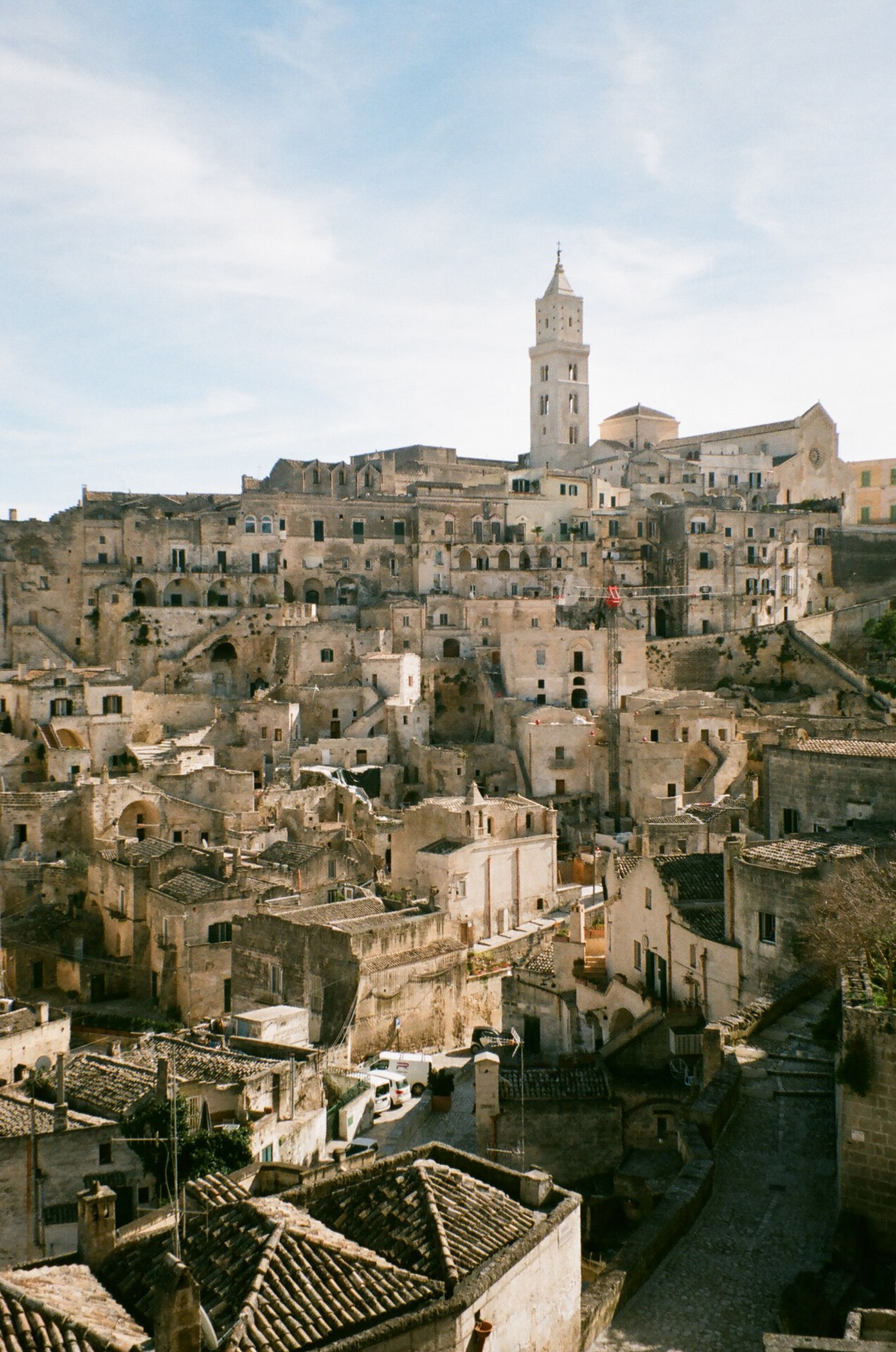

The Italian Relationship with Catholicism
On the surface, Italy is a profoundly Catholic country. After all, the powerhouse of the Catholic complex is smack dab in the middle of Rome, and the three kilometers between the Vatican and the Italian parliament is quite easily traversable–physically and ideologically. Though the church may not have direct influence on our laws today, Catholic beliefs still very much shape our culture and politics: queer couples are legally prohibited from adopting; doctors, nurses, anesthesiologists, and any other medical personnel can “conscientiously object” to performing an abortion, though legal, and almost 70% of them do. Over 100,000 Catholic churches–whether Renaissance, Baroque, or Romanesque–dot the country, and, while still operating religiously, are some of the country’s most visited sites. (Who needs an alarm when the church bells will wake you up at 8 AM every day?) All of our grandparents have crosses hanging above the floral sheets of their beds.
But when you dig a little deeper, you find that most of us Italians, especially those below the age of 65, are really quite ambivalent about it all. Approximately 96% of the country’s population was baptized as Catholic, yet only 50% identify themselves as so. Less than 25% percent of Italians regularly go to Sunday mass. It seems that most Italians of the younger generation don’t really believe in the religion, even though we all know the “padre nostro” prayer by heart and have probably gone through Communion, if not Confirmation too; we respect the faith, and our grandparents’ continued practice, and don’t really question its influence on the country. In the end, it’s very plausible that Italy’s relationship with Catholicism comes more from the weakness of state institutions rather than any particular religious fervor: here, social cohesion comes more from certain cultural-religious influences than any notion of patriotism. It’s a fact that becomes even clearer every sacred Sunday that we spend with our family around the table.

